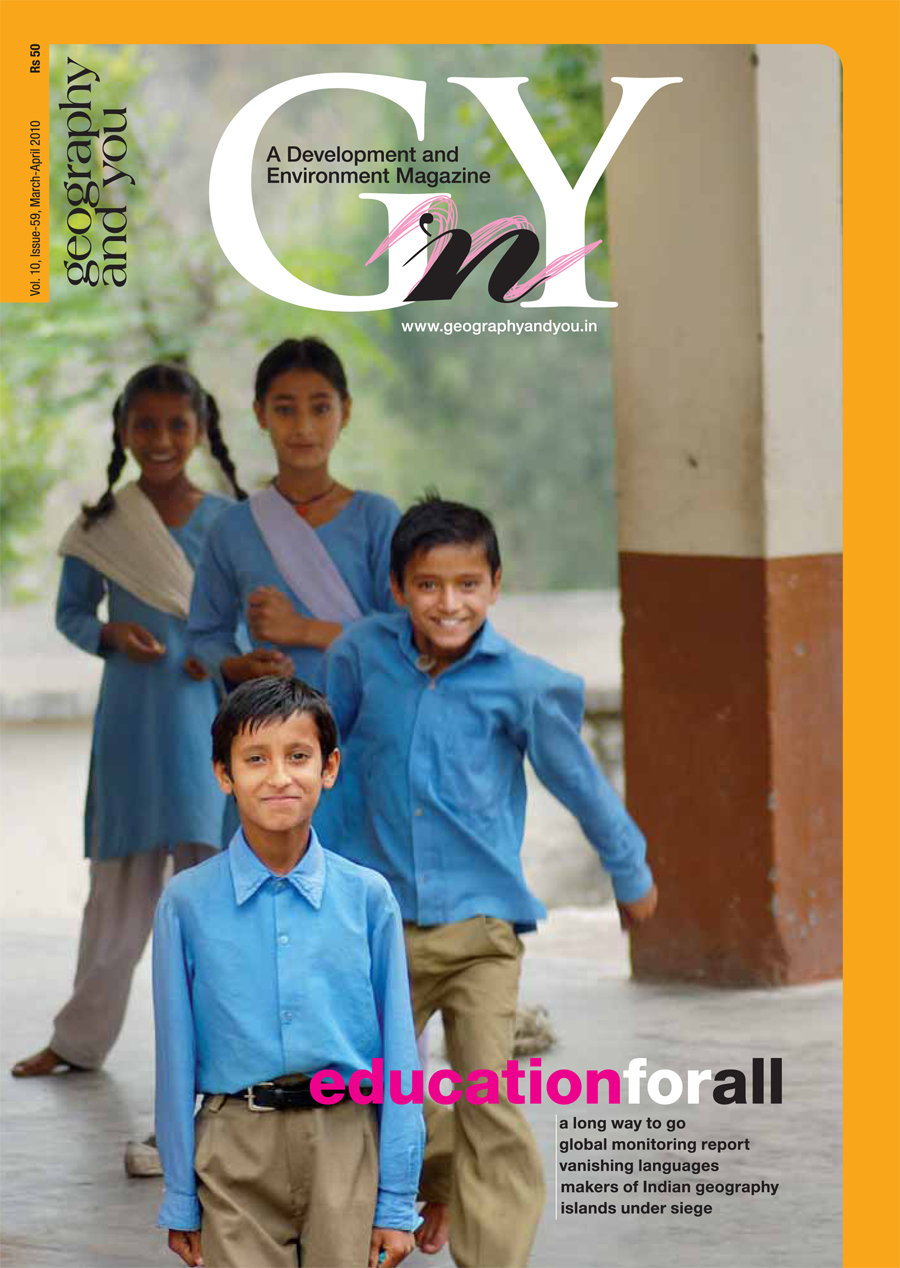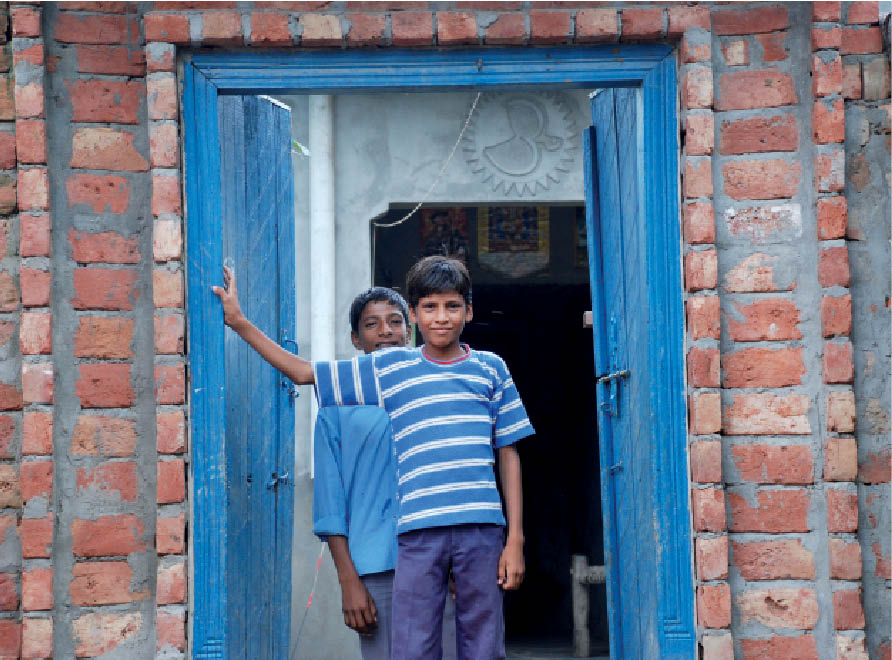
Inside this issue
Young Futures
The Right to Education Act, 2009, is a missed opportunity as the glaring disparities between rural and urban areas, between poor and rich, social and religious groups are likely to remain unaffected if not get further accentuated in the years to come.
The Right of Children to Free and Compulsory Education Act enacted by parliament in August, 2009 came into force on 1 April 2010. The Act promises 10 broad objectives including free and compulsory education to all children in the 6-14 age group. This means millions of children will now get education at least up to class 8.
Ten years have passed since the international community adopted the six Education for All goals in Dakar in 2000. The record since then has been mixed. While much has been achieved, many of the world’s poorest countries are not on track to meet the 2015 targets. Failure to reach the marginalised has denied many people their right to education.
Energy india
POWERGRID in its environment and social policy states its commitment to the goal of sustainable development and conservation of nature and natural resources. It promises to continually improve its management systems and access specialist knowledge in internationally proven technologies. POWERGRID follows the basic principles of avoidance, minimisation and mitigation and where necessary, it also undertakes restoration and enhancement.
As the demand for minerals grows, the huge revenues generated from it are too often fuelling conflicts and human rights violations, increasing poverty and undermining sustainable development. The new legislation the government is introducing must ensure transparency in allocation of mining concessions, and participation of, in consultation with, communities affected by mining projects.
Agro concerns
Focus: West Khasi Hills and Ri-Bhoi Districts, Meghalaya Shifting cultivation or jhum, predominantly practiced in the north-east of India is an agricultural system where a farming community slashes secondary forests on a predetermined location, burns the slash and cultivates the land for a limited number of years. The land is then left fallow and the farming community moves to the next location to repeat the process till they return back to the starting point. It has often been alleged that jhum has led to the loss of valuable natural resources of the region. This essay documents the cultivation practices of the Khasi tribe through a study of several villages of West Khasi Hills and Ri-bhoi Districts of Meghalaya with an objective of drawing lessons for developmental planning concerning natural resource management and land use in the region.
The construction of the embankments and the occurrence of floods in the Sunderban have raised the question of relevance and maintenance of the water front embankments to protect the region.
Nature watch
In India, snakes are sacred, held in reverence second only to perhaps the cows. The tribal people of Bastar, Chhattisgarh, have in fact adapted their lives around the reptiles and believe that snakes offer cures with great efficacy. Although modern medicine is known to use snake venom, but the traditional medicine systems of this region throw up challenges that are yet to be explored.
Wetlands occur where the water table is at or near the surface and land remains covered by water. Once treated as transitional habitats or seral stages in succession from open water to land, wetlands are now considered to be distinct ecosystems with specific ecological characteristics, functions and values.
Reports and studies
Islands of india
Linguistic and biological diversity are inseparable and the strongest ecosystems are those which are most diverse as diversity contains the potential for adaptation. Uniformity can endanger a species since it is always accompanied by inflexibility and non adaptability.
The oceanic environment of the Andaman and Nicobar Islands endows them on one hand with unsurpassed beauty, and on the other exacerbates their fragility. The Islands also fall in the Zone V of the earthquake hazard map adding to their vulnerability.
A thriving, underwater world, white sands, dark tropical forests and visions of the erstwhile kala pani made this vacation more than just memorable.
In brief
Dear readers, Two summers ago, as I walked over the parched sands of Jaisalmer, Rajasthan, a black beetle pinned itself to my left trainer. A young girl, a local, quickly came to my rescue and carefully pried the insect away, in a manner that suggested that the beetle was infinitely more valuable.

